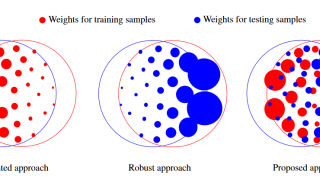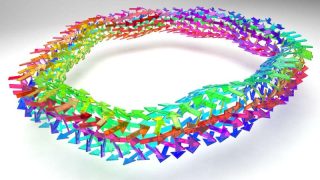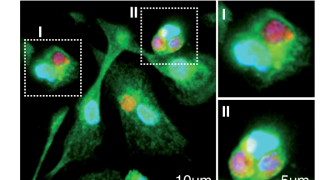
MI weekly selection #539
Warming waters may release methane “fire-ice” Methane hydrate, or fire-ice, frozen underneath the ocean floor can thaw and release methane into the atmosphere as the climate warms. Researchers used 3D seismic imaging techniques to examine a portion of fire-ice off the coast of Mauritania and discovered that some dislodged methane moved from a hydrate stability […]








